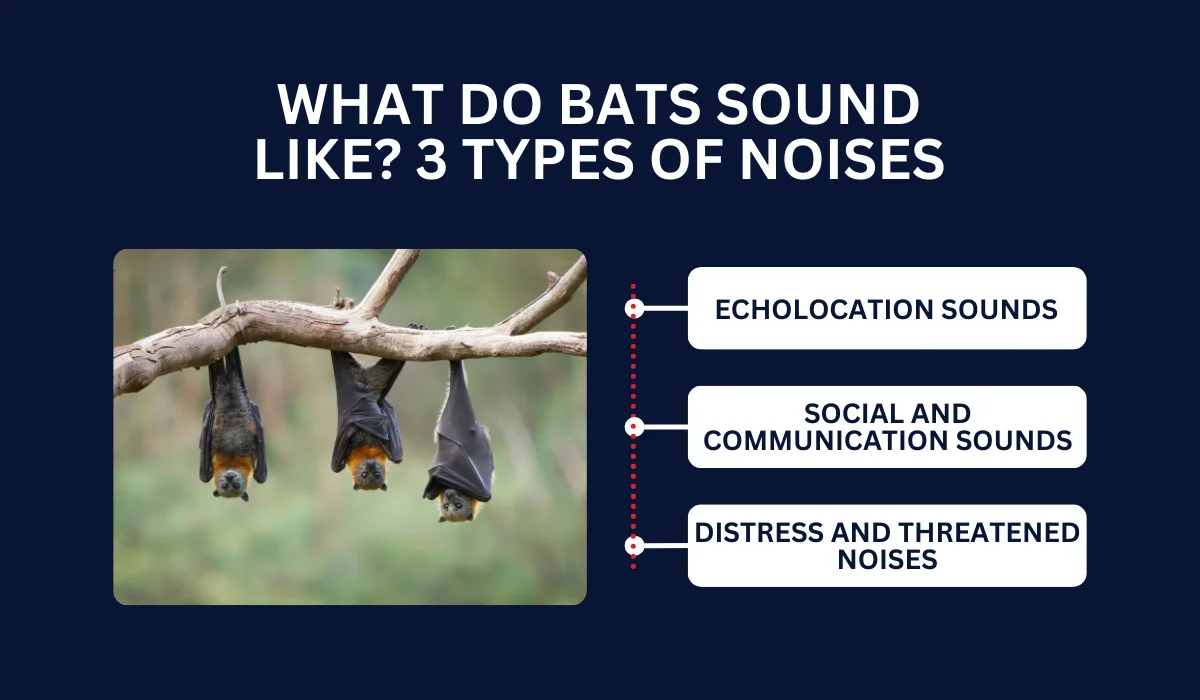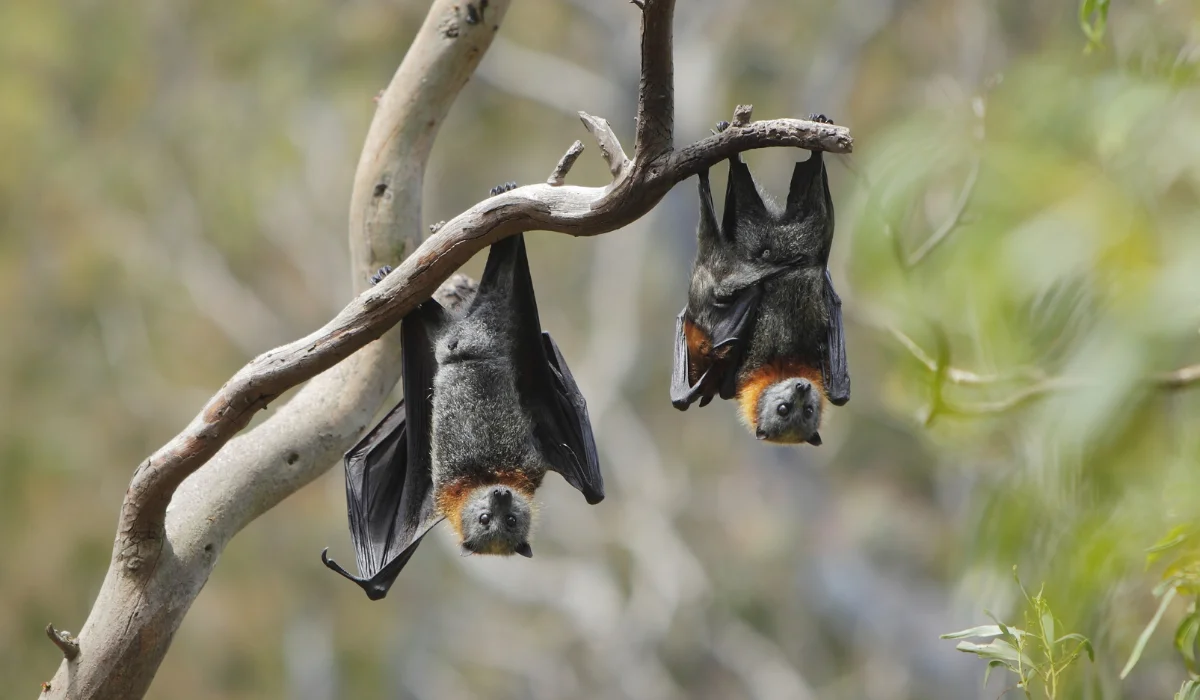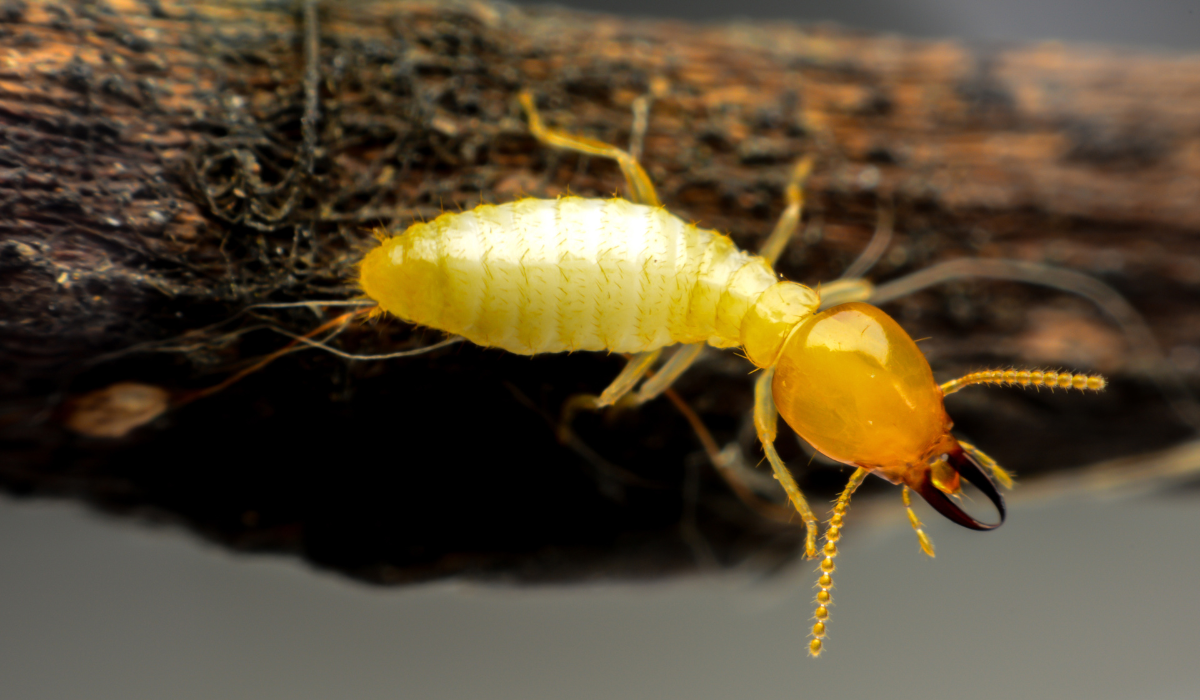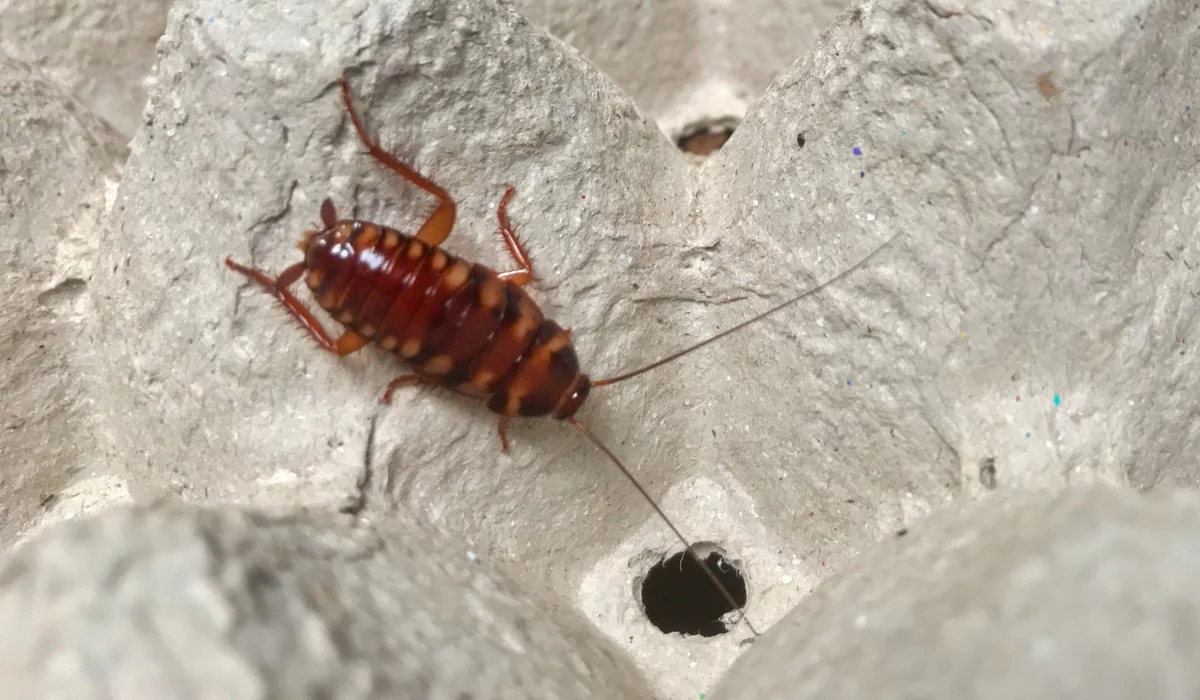Ever wondered what kind of noise bats make? Bats use high-pitched sounds called echolocation to navigate and hunt in the dark. This fascinating ability helps them perceive their surroundings precisely, making them masters of the night sky.
Keep reading to learn what their chirps, clicks, and calls reveal about their mysterious world and why these sounds are crucial for survival.
Key Takeaways
- Bats use high-frequency echolocation sounds to navigate and hunt, usually beyond human hearing.
- Bats talk to each other using sounds like chirps and squeaks for things like mating or marking territory.
- Bat distress calls can be loud and varied, signaling danger or discomfort to other bats or potential threats.
- Noises, bat guano, greasy stains, and bat sightings in the attic can identify bat infestations.
WHAT DO BATS SOUND LIKE? 3 TYPES OF NOISES

Bats create various sounds, each serving a different purpose in their daily lives. Their noises range from echolocation clicks for navigation to social calls and distress signals. Different species of bats produce unique sounds, often characterized by their pitch and frequency.
1. Echolocation Sounds
Bats use echolocation to navigate and hunt in the dark. They emit high-frequency sounds, often beyond human hearing. These sounds bounce off objects and return, helping bats gauge distance and detect prey.
Species like the big brown bat and pipistrelle have specialized calls tailored to their environments. With their acute acoustic abilities, these adaptations show how they thrive in various environments.
2. Social and Communication Sounds
Bats are social animals. They use distinct vocalizations to communicate with each other for mating, territory marking, or group coordination. These calls differ across species and contexts.
Social calls may include chirps, squeaks, and trills. For example, some bats produce sounds to tell friends and foes apart, ensuring the stability of social hierarchies within colonies.
3. Distress and Threatened Noises
Like many animals, bats can produce noises when threatened or in distress. These sounds often suggest discomfort or alert other bats to danger. The sounds can be surprisingly loud and varied, capturing their need for help or signaling distress.
Distress calls might resemble high-pitched squeaks or aggressive hissing. These vocalizations serve as a survival mechanism. In some cases, these calls can also mislead potential threats, adding an extra layer of defense.
CAN HUMANS HEAR BAT NOISES?
Most bat sounds fall beyond human hearing due to their high frequency. Bat detectors allow people to listen to these ultrasonic calls. These devices work by converting the sounds into a lower frequency that our ears can detect.
The sounds of any type of bats, particularly echolocation calls, are often too high-pitched for human ears.
Typically, these ultrasonic sounds range between 20 kHz and 120 kHz. The average human hearing limit is around 20 kHz, well below the frequency of most bat sounds. It allows bats to navigate and hunt insects efficiently at night.
Species like the little brown bat and flying foxes rely heavily on these sounds. Their calls are designed to bounce off objects, helping them map their surroundings and locate prey.
HOW TO REMOVE BATS FROM YOUR ATTIC
Whether it’s a small or large bat colony, dealing with it in your attic can be daunting. But, it’s important to address the issue promptly to prevent the spread of potential health risks. As homeowners, here’s what to do to keep them away:
- Often, bats make squeaking or fluttering sounds in the late evening. Knowing these sounds can help locate their entry points in a house.
- Look for small entry points around the roof and eaves, usually gaps or cracks. It’s these spots where bats generally make their entrance.
- Contact a reputable wildlife removal service. They have the right equipment and knowledge to handle bat removal safely.
- DIY solutions are not recommended for bat removal as they can be dangerous and ineffective.
- Wildlife control experts use exclusion devices that let bats exit but not return. This is a humane way to get rid of bats.
- Once cleared out, the professionals can seal up entry points. This makes sure raccoons or other critters can’t move in later.
- Since bat droppings can pose health risks, hire cleanup services to ensure the attic remains healthy.
WHEN TO CALL THE BAT EXPERTS IN LOUISIANA
Sipping coffee early in the morning and hearing unusual scratching noises from the attic can be frightening. If these become frequent noises at dusk or dawn, contacting bat and pest control experts is wise.
Whether you’re in Baton Rouge or New Orleans, seeking expert help should be easy. For immediate intervention for a severe infestation, let Lajaunie’s bat control specialists tailor a solution that’s right for your home.
For more information about our services, visit our service page.
 By: LaJaunie's Pest Control
By: LaJaunie's Pest Control 



